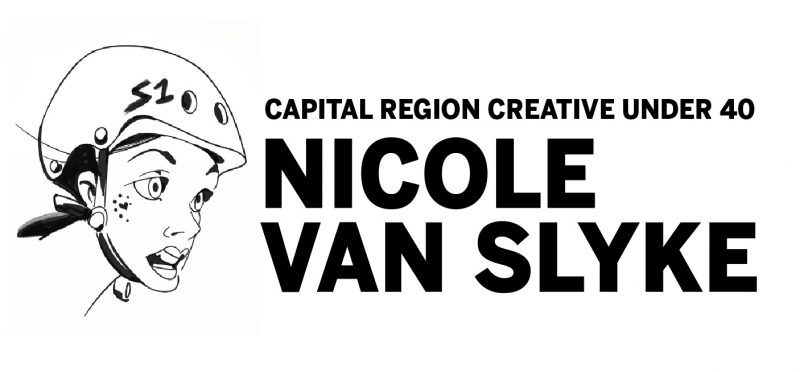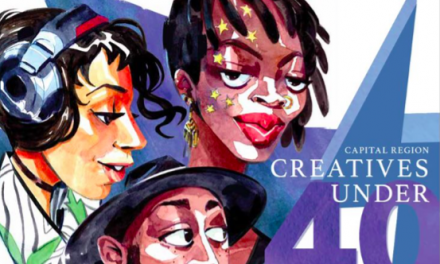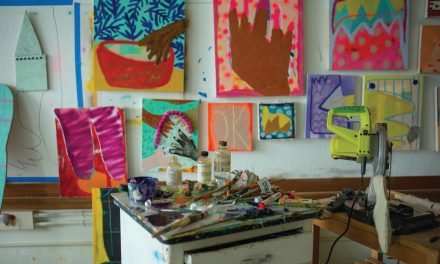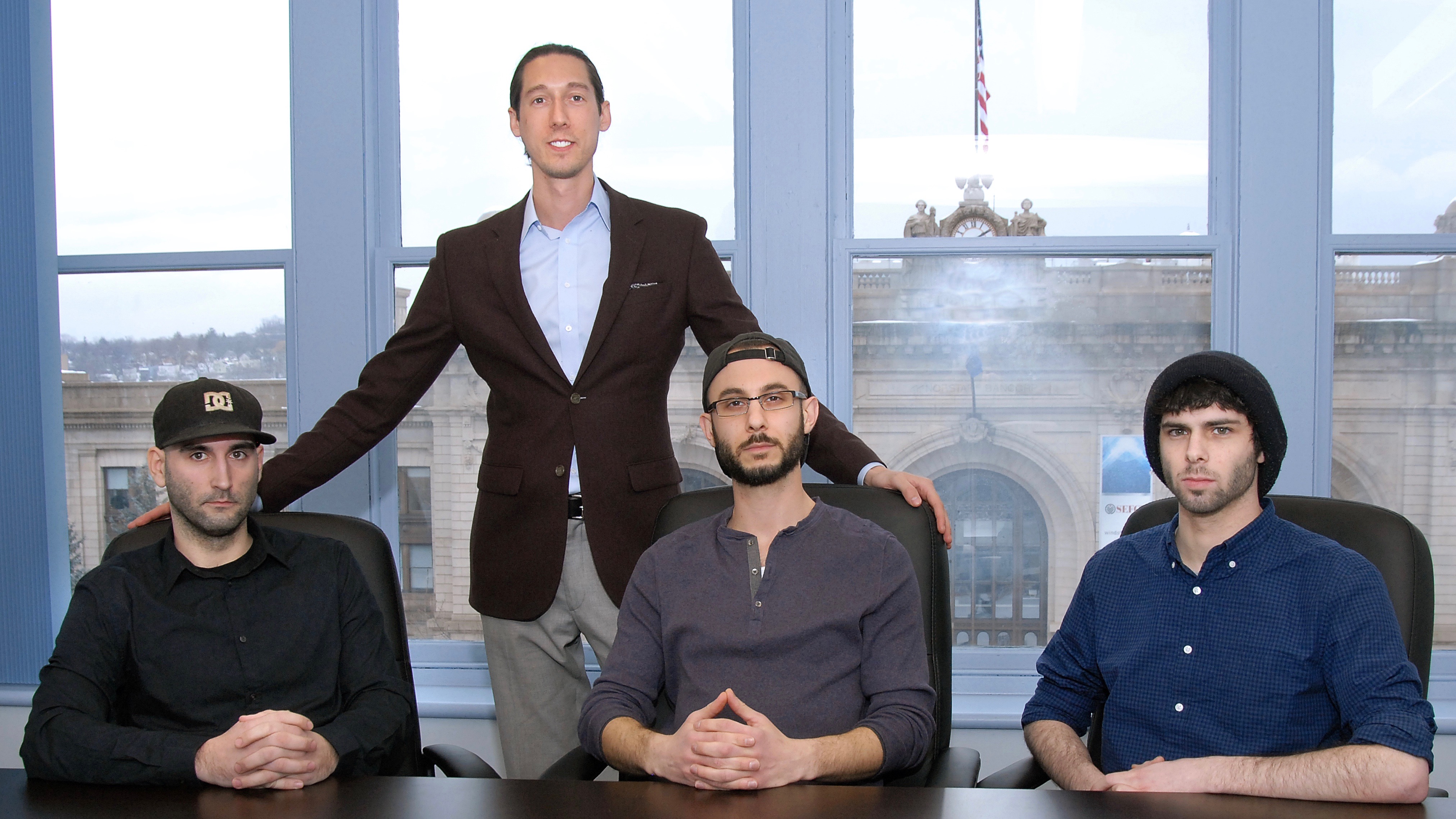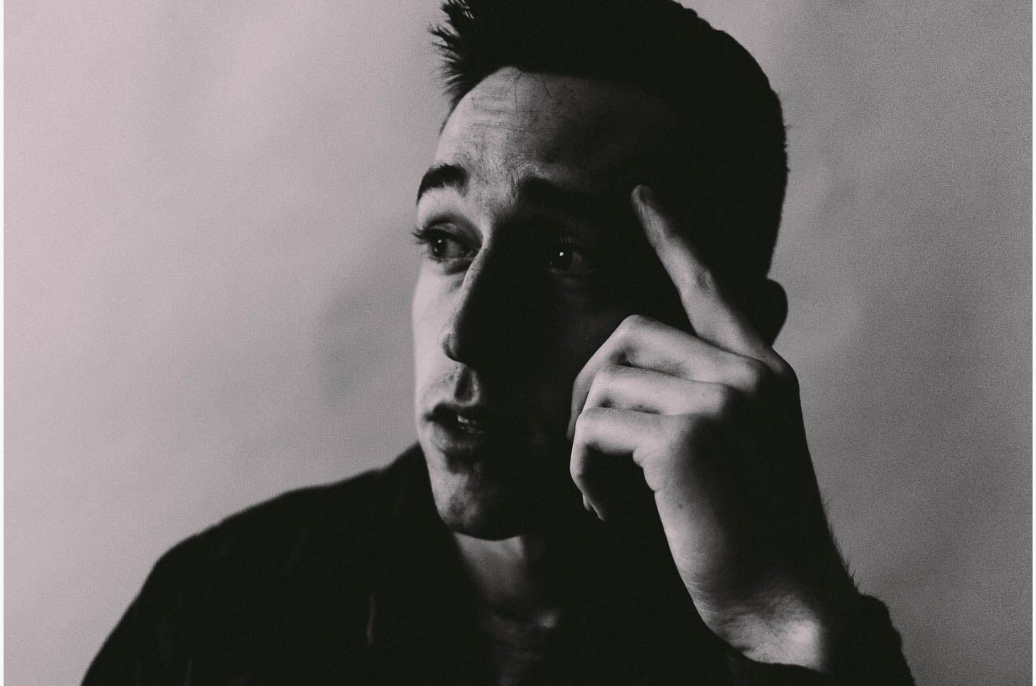WMHT documentary videographer and animator Nicole van Slyke has produced films telling the stories of Capital Region institutions and icons such as the New York State Writers Institute and author William Kennedy. Her multimedia video series “The Dragon Lives Here,” followed the heroin epidemic in the Capital Region and she is focused pursuing more similar projects that can educate the community about issues close to home. Van Slyke also visits local schools like University at Albany, as well as volunteering her time at high school journalism program at the Carey Institute for Global Good, where she speaks to students about ethics in film and media.
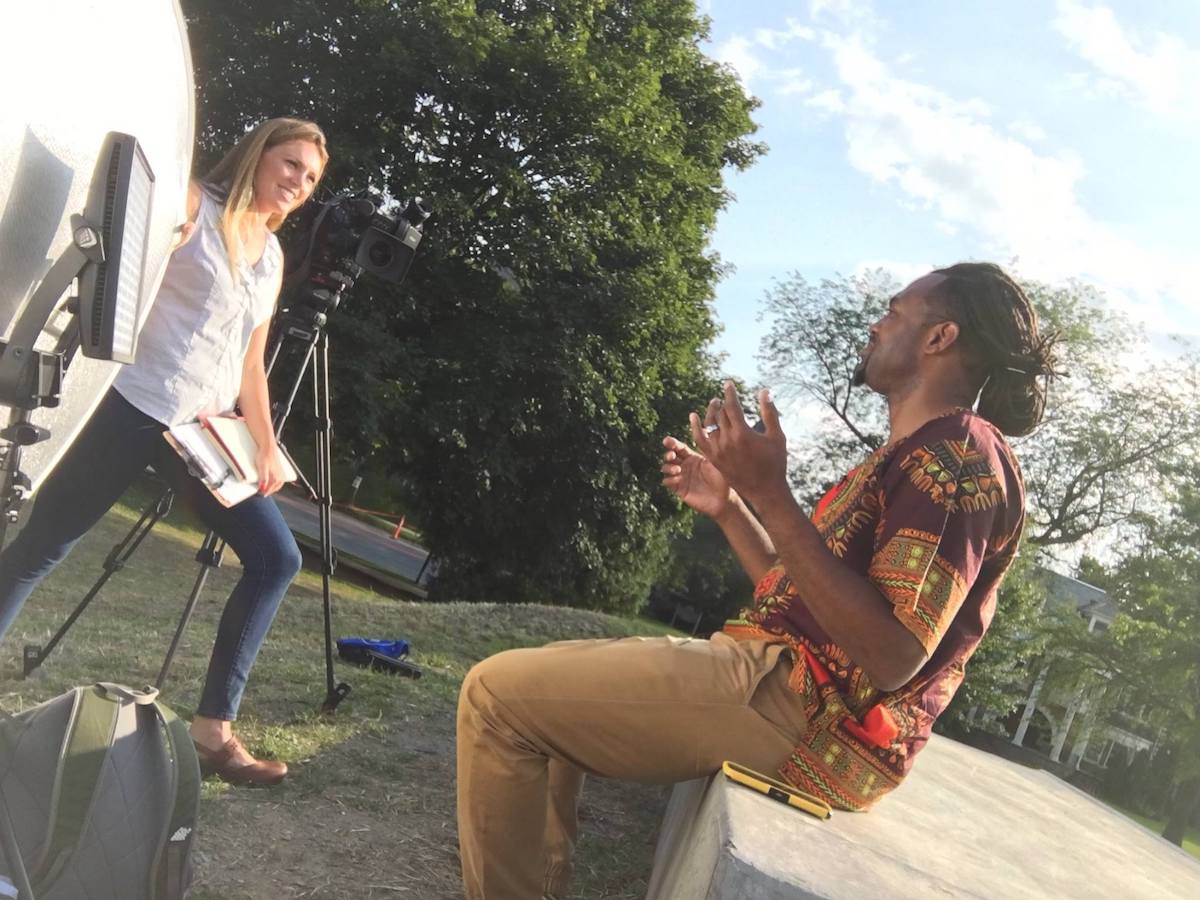
“The biggest hurdle is finding the stories where you are, and knowing that there are stories where you are that aren’t always the shiniest and the prettiest,” van Slyke says. “If you can take some time and look around, you’ll realize those are the stories no one would hear if you weren’t there. It’s almost more challenging to stay still and find out what’s going on. If you want to benefit your community, stay still and listen.”
“She brings all the elements you need as a filmmaker: a great eye for scene and landscape, ability to tell a story, technical skill,” says local journalist Paul Grondahl. The Times Union writer worked on “The Dragon Lives Here” with van Slyke, interviewing families who lost loved ones to the heroin epidemic, particularly in van Slyke’s home of Averill Park, where the highest number of deaths occurred.
Van Slyke says her love of storytelling is what took her film work from the fine arts to a more journalistic documentary style at WMHT.
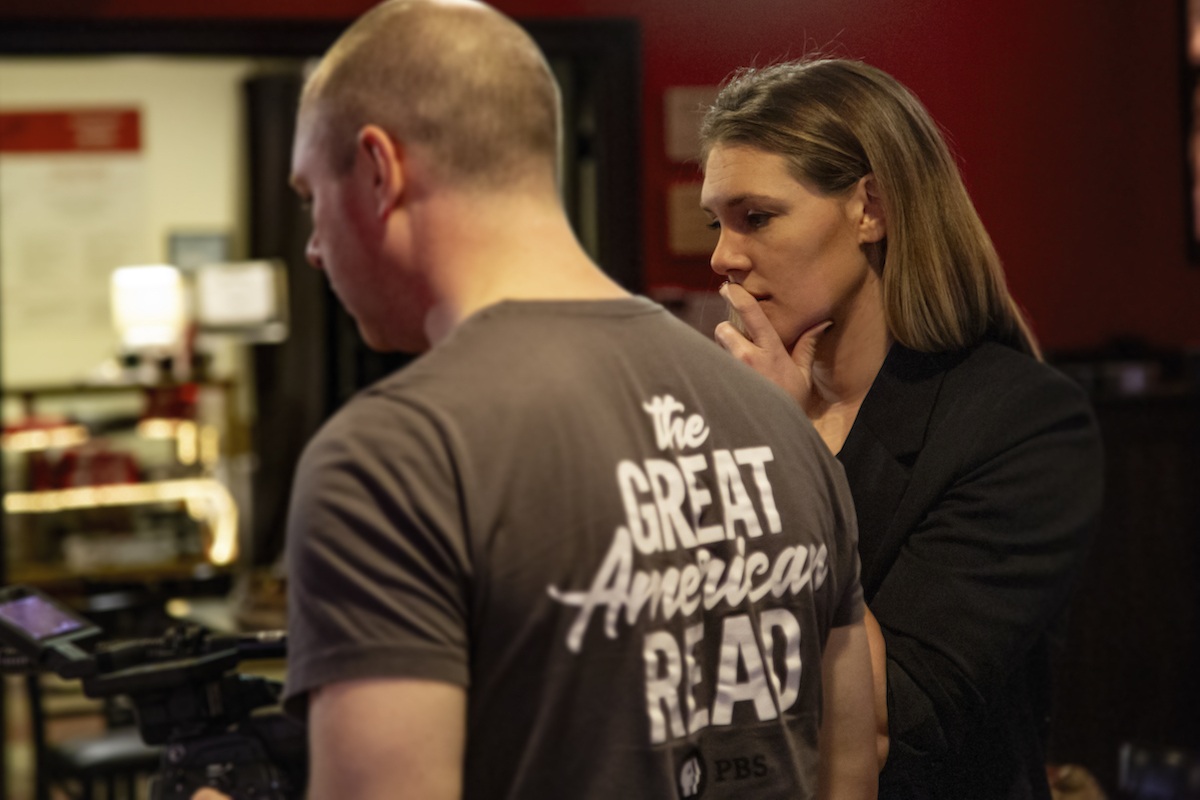
“I saw that this is a medium that is not only really fun and beautiful, it can be emotional in so many ways and it also has so much power; it’s where our society lands right now,” she explains. “Maybe that will change in a couple years or a couple decades, but I think documentary is one of the most powerful storytelling mediums of our time. A couple decades ago it was definitely [print] journalism, but right now [I am] able to help tell people’s stories by letting them speak for themselves and just be that vehicle.”
“I think that I’m definitely part of being able to watch documentaries become cool again,” she continues. “There’s this transition from documentaries being informative on a very basic level to becoming a form of entertainment and art.”
“The volume of high quality work she has done for WMHT is staggering,” Grondahl says. “I tell her to pace herself because she’s gonna have a long career but she continues to take on everything and rise.”
Learn more about Van Slyke’s creative career on the CollabCast:

